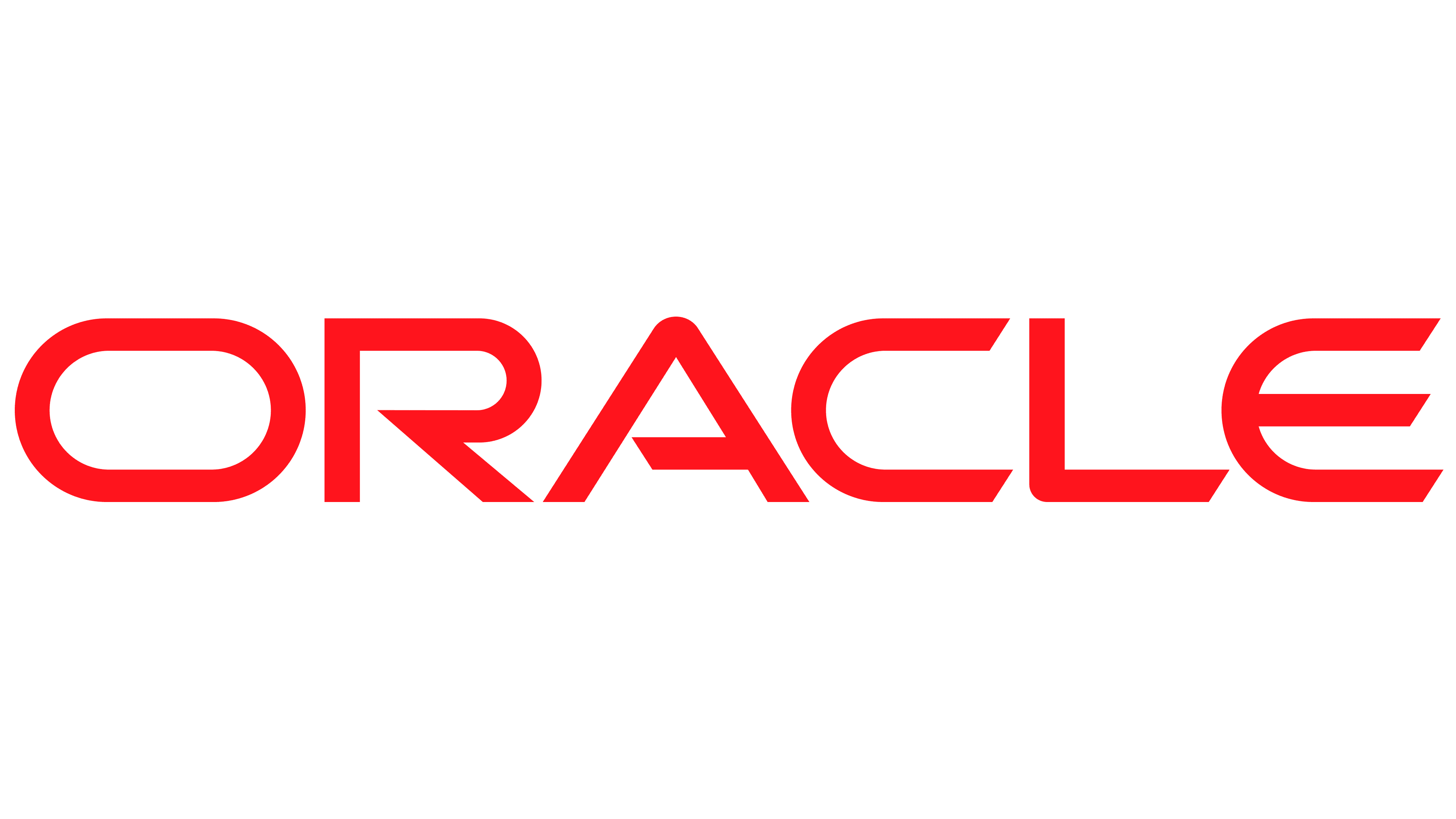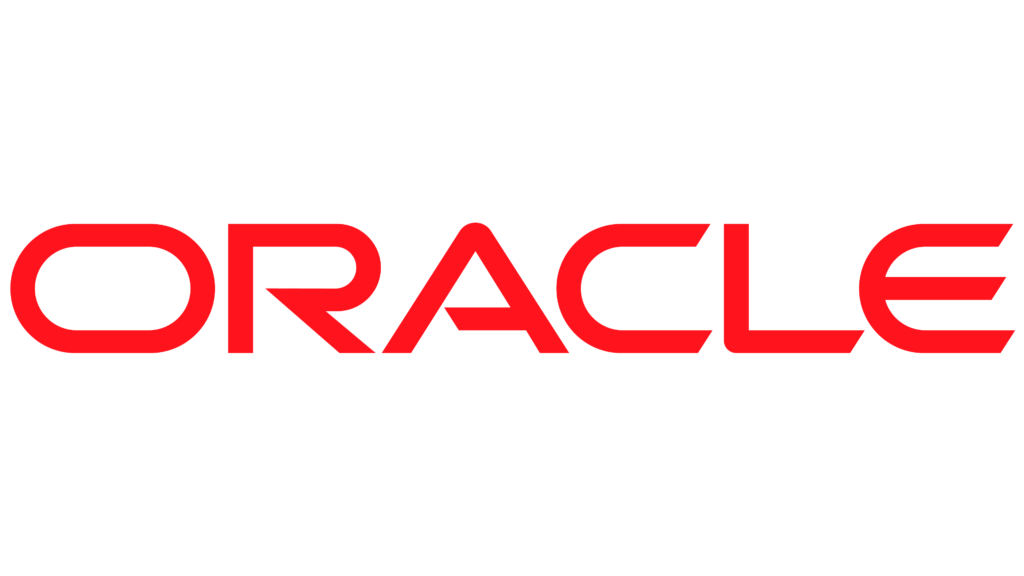

In the world of digital marketing, data is king. To effectively harness and analyze the vast amount of data available, businesses rely on robust database management systems. Oracle Database is one such system that has earned a reputation for its reliability and scalability. In this article, we will delve into the basics of Oracle Database and explore its architecture, helping digital marketers understand its importance in managing critical data for informed decision-making.
Oracle Database Overview
Oracle Database, commonly referred to as Oracle DB, is a relational database management system (RDBMS) developed by Oracle Corporation. It is designed to store, manage, and retrieve vast amounts of data efficiently. Oracle DB is widely used across industries due to its high-performance capabilities, security features, and scalability.
Oracle Database Architecture
Understanding the architecture of Oracle Database is essential to harness its full potential. Oracle Database architecture consists of several key components:
- Instance: An instance is a set of background processes and a memory buffer cache that work together to manage database operations. Each running Oracle Database is associated with an instance.
- Database: The database itself comprises data files, control files, and redo log files. Data files store the actual data, control files maintain the structural information, and redo log files record changes to the database.
- SGA (System Global Area): SGA is a shared memory area that contains data and control information for an Oracle instance. It includes the buffer cache, which stores frequently accessed data blocks, and the shared pool, which holds SQL and PL/SQL code.
- PGA (Program Global Area): PGA is a memory area dedicated to each user process connected to the Oracle Database. It stores session-specific information, such as sorts and cursor information.
- Background Processes: Oracle Database runs a set of background processes that perform tasks like archiving redo logs, cleaning up resources, and managing locks and transactions.
- Redo Log: Redo logs record all changes made to the database, allowing for recovery in the event of a system failure.
- Control Files: Control files store metadata about the database’s structure and integrity.
Third-Party Resources for Reference
To enhance your understanding of Oracle Database and its architecture, consider exploring these third-party resources:
- Oracle Documentation: The official Oracle website (https://www.oracle.com/database/) offers comprehensive documentation, tutorials, and whitepapers to help you grasp the intricacies of Oracle Database.
- Oracle Learning Library: Oracle’s Learning Library (https://www.oracle.com/education/) provides free online courses and resources for individuals looking to expand their knowledge of Oracle technologies.
- Oracle Community: Join the Oracle Community (https://community.oracle.com/) to connect with experts, ask questions, and share insights about Oracle Database.
- Oracle Blogs: Oracle Blogs (https://blogs.oracle.com/) feature posts from Oracle experts covering various aspects of Oracle Database and its applications.
- Oracle University: Oracle University (https://education.oracle.com/) offers paid training and certification programs for professionals seeking in-depth knowledge of Oracle Database.
In conclusion, Oracle Database is a robust and versatile RDBMS that plays a vital role in data management for businesses. Understanding its architecture is crucial for digital marketers, as it enables them to make data-driven decisions and optimize their marketing strategies effectively. By leveraging the provided SEO keywords and third-party resources, you can dive deeper into the world of Oracle Database and enhance your digital marketing efforts








